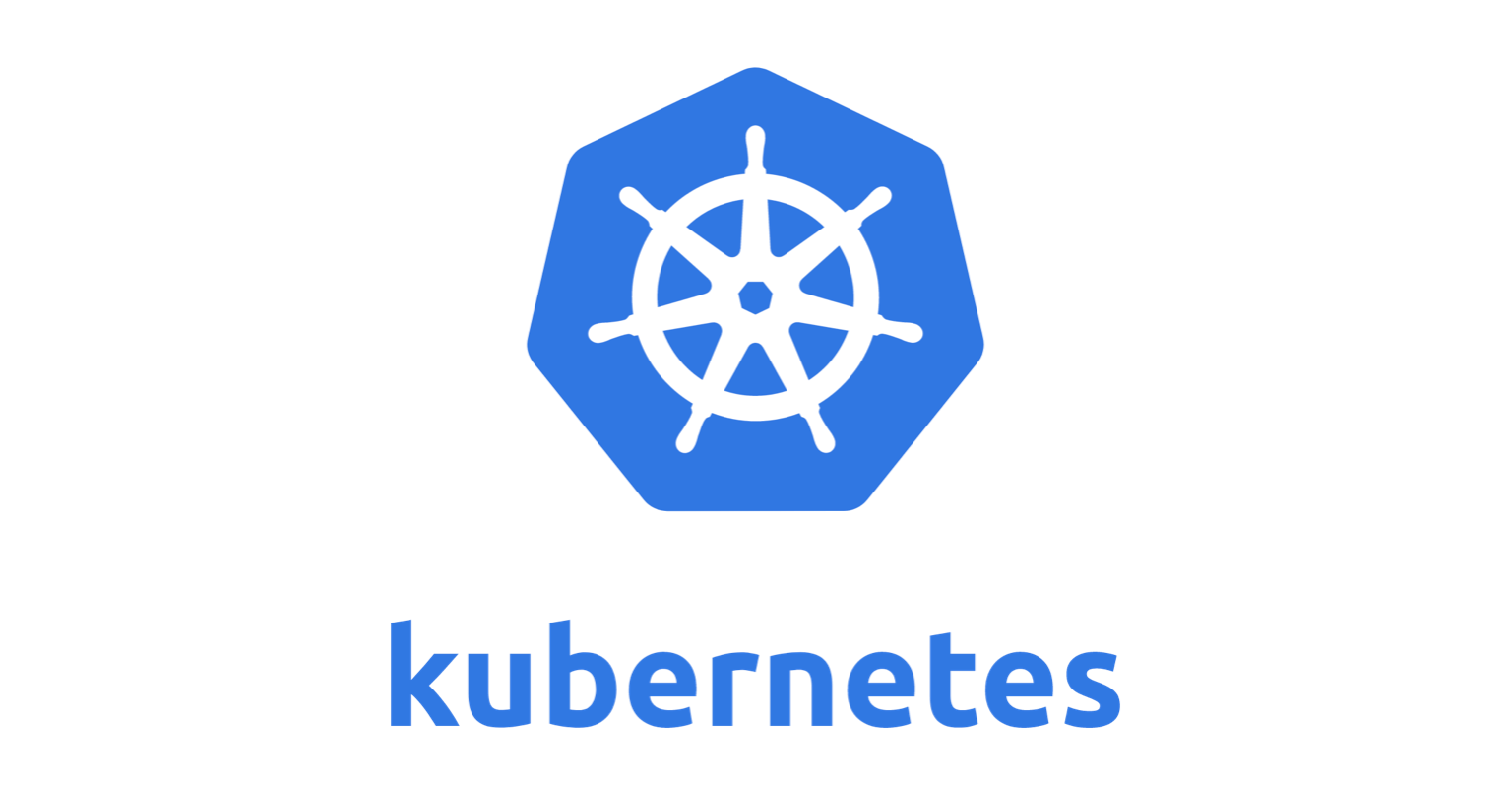We are all aware of how crucial containers have become in the current, very dynamic IT industry. Almost every large company has switched from utilizing virtual machines as their primary deployment method to using containers instead. They are searching for Kubernetes experts that are well-versed in containerization and orchestration software. So it’s imperative that you comprehend what Kubernetes is.
Table Of Contents
Kubernetes: What Is It?
The Google platform was used to construct the container management system known as Kubernetes. In a variety of physical, virtual, and cloud contexts, and Kubernetes consulting services Kubernetes aids in managing containerized applications. Google Kubernetes is a highly adaptable container platform for clusters of hundreds to thousands of independent servers that reliably provide complicated applications.
The Purpose of Containers
Internet users in 2018 never accept downtime. Therefore, programmers need to figure out how to upgrade and maintain systems without affecting users.
Consequently, containers are isolated environments. Everything required for the program to function is included. It makes editing and distributing programs simple for developers. The recommended technique for packaging, deploying, and updating web software is now containerization.
Why Should You Use Kubernetes?
For cloud apps and microservices, Kubernetes makes it easier for you to manage traffic and resource allocation. Additionally, it aids in the simplification of a number of SOLID infrastructures’ features. Kubernetes makes it possible for you to control the location and timing of containerized applications’ execution and makes it easier for you to locate the tools and resources you need.
What Functions Does Kubernetes Provide?
The Linux kernel used in distributed systems is called Kubernetes. It gives a uniform interface for programs that use the shared pool of resources while assisting you in being able to abstract the underlying hardware of the nodes (servers). If you have trouble with this, other companies can help you: https://itoutposts.com/.
How Does Kubernetes Architecture Work?
Applications are contained in containers in a deployable and portable form. Applications running in containers are the intended use of the Kubernetes architecture. At least one worker node and one control plane make up a Kubernetes cluster (typically a physical or virtual server). There are two primary duties for the control aircraft. It controls the cluster’s nodes and makes the Kubernetes API available via the API server. The control plane recognizes and reacts to cluster events as well as takes choices on cluster management.
Features of Kubernetes

Bin Packing Automatically
One of Kubernetes’ most distinctive features is this. Without sacrificing availability, Kubernetes arranges containers intelligently based on the resources that are needed and other limitations. 61 percent of respondents indicated they will use Kubernetes in 2022.
Service Identification and Load Balancing
Due to the software’s ability to automatically assign IP addresses to containers and a single DNS name for a collection of containers that can load-balance traffic inside the cluster, networking and communication problems may be allayed with Kubernetes.
Automated Rollbacks and Implementations
For efficiency and scale, Kubernetes gives developers a powerful toolbox for automating the deployment, scaling, and operation of containerized applications in production.
Furthermore, Kubernetes developers may describe the state of deployed containers, easily roll out changes in a systematic manner, and automatically roll back changes in the event of failure or in the event of an emergency or alert thanks to the feature’s capability of automated rollouts and rollbacks.
Locating Services and Balancing Loads

Services like load balancing and service discovery are provided by Kubernetes. Services reliably link Pods to the network throughout clusters. Learning how to connect to a service is a process known as service discovery.
PODs are a collection of Containers. PODs that share a common set of functions are compiled into a single set and are referred to as services.
For the service, each POD will receive a unique IP address and DNS name (set of POD). This design gives Kubernetes clear control over the network and communication between PODs as well as flexible load balancing.
Conclusion
Today, Kubernetes is the talk of the town, and every business wants to adopt this cutting-edge cloud-native technology to stay current with the standards that are constantly evolving.
It is obvious that Kubernetes will be a part of any company’s tech stack because cloud-native technology usage is increasing daily and will be used to manage containers and workloads.



